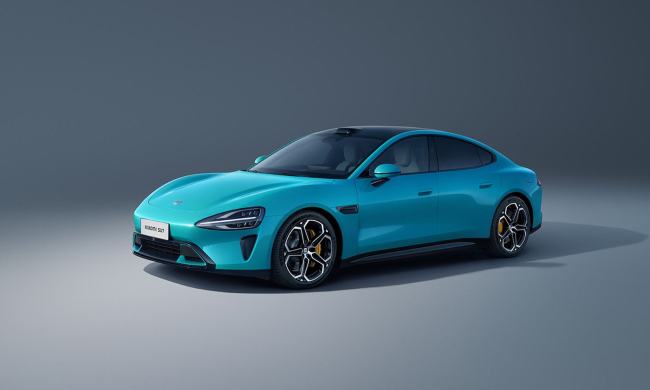Electric cars are normally much quieter than comparable, gasoline-powered models. The members of the Tesla range are no exception — but company co-founder and CEO Elon Musk revealed they’re about to get louder, wilder, and rowdier.
Posting, as usual, on his official Twitter account, Musk announced customized horn and movement sounds are coming soon to the entire Tesla lineup. He added coconuts will be one of the available sounds, which is seemingly a reference to Monty Python and the Holy Grail, and followed up with a pair of emojis that correspond to a fart and a goat, respectively.
In the United States, movement sounds will become mandatory for electric cars (and hybrids running on electricity) starting in September 2020. They’ll need to emit some kind of artificial sound under 19 mph to warn pedestrians, bikers, and other road users that they’re coming. They’ll be allowed to fall silent at 20 mph and up because road noise and tire noise will signal their presence. The customizable horn is a lot more random. It’s one of those “just because we can” features.
The National Highway Traffic Safety Administration (NHTSA) is debating whether to let carmakers upload several different movement sounds to their electric and hybrid cars. Companies would be able to create distinctive sounds, so an Audi might make a completely different noise than a BMW, and motorists would be able to select one and change it regularly, much like they can customize their ringtone by choosing from the dozens of pre-set ones. Of course, it’s not too far-fetched to imagine anyone with basic computer knowledge could upload an MP3 file of a Ferrari F1 engine and sync it to their Model 3.
There’s no word on when Tesla will make its cars noisier, though the feature will likely be available before September 2020, when the law is scheduled to come into effect. What’s certain is that compatible cars will receive the ability to make noise via the company’s over-the-air software updating system. There’s no indication that teaching a Model S how to bleat will require hardware changes, or immersive time spent in a herd of goats, but we’ll wait for Tesla’s confirmation to know for sure.


